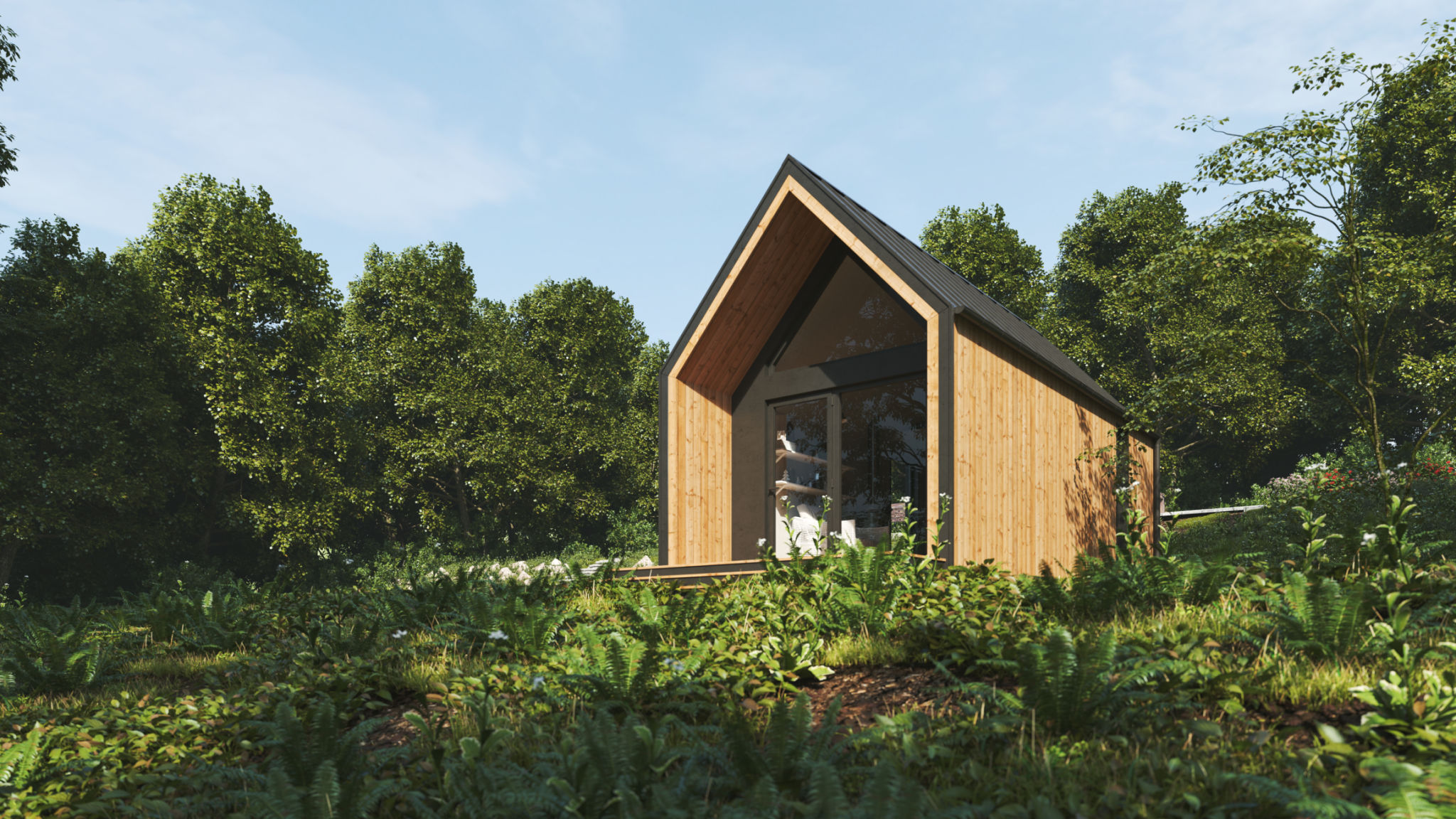Wallpaper vs. Paint: Which is Best for Your Connecticut Home?
Deciding between wallpaper and paint for your Connecticut home can be a challenging choice. Both options offer unique benefits and can significantly impact the ambiance and aesthetic of your living space. Let's explore the advantages and disadvantages of each to help you make an informed decision.
Durability and Maintenance
Wallpaper is known for its durability. It can last up to 15 years or more, making it a long-term solution for your walls. It is also easy to clean, as most wallpapers are washable and resistant to some stains. This makes it a great option for high-traffic areas like hallways and living rooms.
Paint, on the other hand, may require more frequent touch-ups or repaints, especially in busy areas where walls are prone to scuffs and marks. However, paint tends to be easier and quicker to apply, allowing for fast transformations and updates.

Design and Style
When it comes to design variety, wallpaper offers an extensive range of patterns, textures, and colors that can bring character and depth to any room. From bold geometric patterns to classic floral designs, wallpaper can make a strong style statement.
Paint provides a simpler aesthetic but with endless color possibilities. You can choose from a wide array of hues and finishes, including matte, glossy, or satin. Paint allows for creative techniques such as color blocking or ombre effects, giving you flexibility in design.
Installation and Cost
Wallpaper installation can be more time-consuming and may require professional help, especially if you're dealing with intricate patterns or large spaces. The initial cost of wallpapering can be higher due to materials and labor, but its longevity can offset this expense over time.

Painting is generally more budget-friendly upfront. Many homeowners opt to paint their walls themselves, which can save on labor costs. However, considering the need for potential future touch-ups, the long-term cost may vary.
Environmental Impact
If environmental concerns are important to you, consider the materials used in each option. Wallpaper made from eco-friendly materials like bamboo or recycled paper is available, reducing the environmental footprint.
Eco-friendly paints have become increasingly popular as well. Look for low-VOC (volatile organic compounds) or zero-VOC paints that minimize air pollution and are safer for indoor air quality.

Conclusion
The choice between wallpaper and paint ultimately depends on your priorities, whether they are durability, style, cost, or environmental impact. For a Connecticut home that experiences varied weather conditions, consider how each option will perform over time. Combining both might even offer the perfect balance—using wallpaper as an accent in specific rooms while maintaining the simplicity of painted walls elsewhere.
By evaluating these factors carefully, you can make a choice that enhances the beauty and functionality of your home while fitting your personal style and budget.
